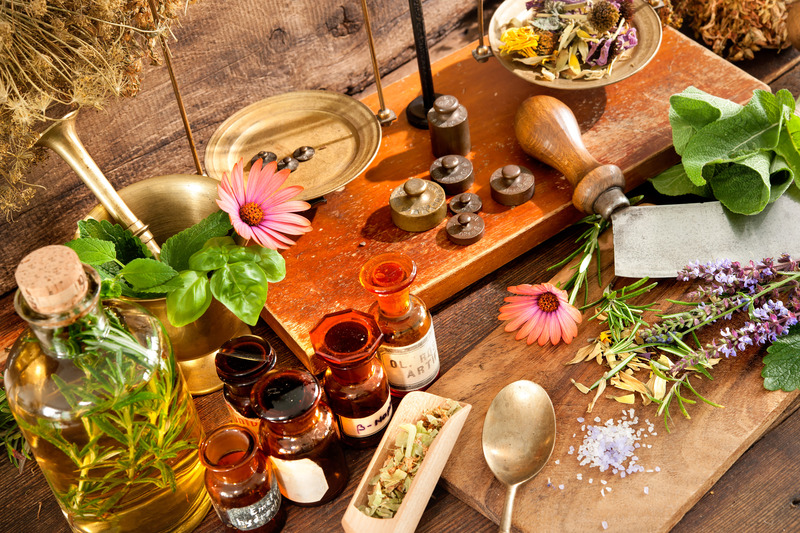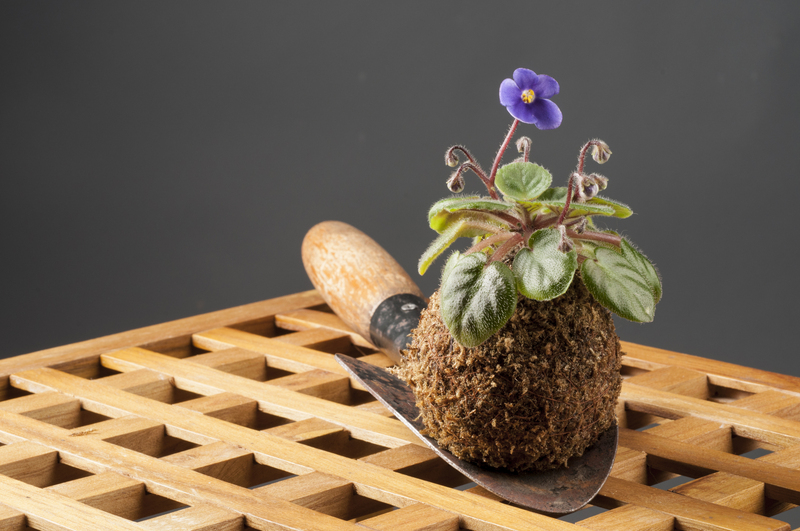Toxic Plants Commonly Found in Gardens
Posted on 08/01/2025
Gardening is one of the most delightful hobbies for many people. The ability to watch your plants grow, bloom, and thrive is indeed a rewarding experience. While gardens are often seen as a sanctuary of natural beauty and calm, it's important to remember that some of those beautiful plants may pose a risk to both humans and pets alike. In fact, many commonly found garden plants can be quite toxic. Knowing which plants to be cautious of can make your gardening experience safer and more enjoyable.
Oleander
One of the most notorious toxic plants found in gardens is the Oleander. All parts of this plant contain toxic cardiac glycosides. Ingesting even a small amount can lead to symptoms such as nausea, vomiting, abdominal pain, irregular heart rhythms, and in severe cases, death. It's particularly dangerous for children and pets, so if you have them, it might be best to avoid planting oleanders altogether.

Foxglove
Foxglove, with its iconic bell-shaped flowers, is another toxic plant commonly found in gardens. The entire plant, especially the leaves, contains digitalis, a substance used in heart medications but highly toxic when ingested in high amounts. Symptoms of poisoning include nausea, vomiting, diarrhea, confusion, and heart problems. It's crucial to handle this plant with care and ensure that kids and pets cannot reach it.
Rhododendron and Azalea
Rhododendrons and azaleas are popular for their stunning clusters of flowers. However, these plants contain grayanotoxins, which can cause nausea, vomiting, and difficulty breathing if consumed. In severe cases, ingestion can lead to a coma or even death. While they add a great deal of beauty to a garden, their placement should be carefully considered to keep them out of reach from curious pets and children.
Castor Bean Plant
The Castor Bean Plant is famous for its large, attractive leaves and its production of castor oil. However, it's also known for being highly toxic. The beans of the plant contain ricin, a potent toxin. Ingestion of even a small amount of the beans can cause severe abdominal pain, vomiting, diarrhea, and even death. This plant should be handled with extreme caution, and like others on this list, kept out of reach of children and pets.
Yew
Yews are often used as hedges or ornamental plants in gardens. Despite their common use, all parts of the yew plant, except the fleshy part of the berries, contain toxic alkaloids known as taxines. Ingesting any part of the yew can lead to dizziness, difficulty breathing, tremors, and in severe cases, death. The berries themselves can also pose a choking hazard. Yews should be handled carefully, especially in gardens frequented by pets and children.
Lily of the Valley
Lily of the Valley is adored for its delicate, fragrant flowers, but it is also highly toxic. The plant contains cardiac glycosides that can cause symptoms such as nausea, vomiting, diarrhea, and even heart problems in severe cases. Like foxglove, it can be especially dangerous if consumed in large quantities.
Pros and Cons of Having Toxic Plants in Your Garden
Pros:
- Many toxic plants, like foxglove and oleander, are visually stunning and can add significant aesthetic value to a garden.
- Some toxic plants are also effective at deterring pests and animals from your garden.
- Plants like the Castor Bean Plant can be used to produce beneficial substances such as castor oil.
Cons:
- The obvious risk of toxicity which can pose serious health hazards to humans and pets.
- They require additional safety precautions, which may include barriers or even avoiding certain plants altogether if you have children or pets.
- In case of accidental ingestion, it could result in medical emergencies, adding emotional and financial stress.
Tips for Handling Toxic Plants Safely
- Educate Yourself: Be fully aware of which plants in your garden are toxic.
- Proper Placement: Ensure toxic plants are placed in areas that are less accessible to pets and children.
- Use Labels: Clearly label your toxic plants so that everyone understands the potential danger.
- Wear Gloves: Always wear gloves when handling these plants to avoid skin irritation and contamination.
- Supervise Children and Pets: Always supervise your children and pets while they're in the garden, making sure they don't consume any plant material.

Takeaways
While toxic plants can be beautiful and functional in a garden, it's essential to balance their benefits with the risks they pose. Knowing which plants are toxic, understanding the symptoms of poisoning, and taking the proper safety measures can protect you, your family, and your pets.
Conclusion
Owning a garden with toxic plants doesn't have to be a daunting task as long as you are cautious and knowledgeable. With proper education and safety measures, you can enjoy the beauty of these plants without compromising on safety. Always keep an eye on children and pets, and take suitable steps to ensure their safety around these beautiful yet potentially dangerous garden members.



